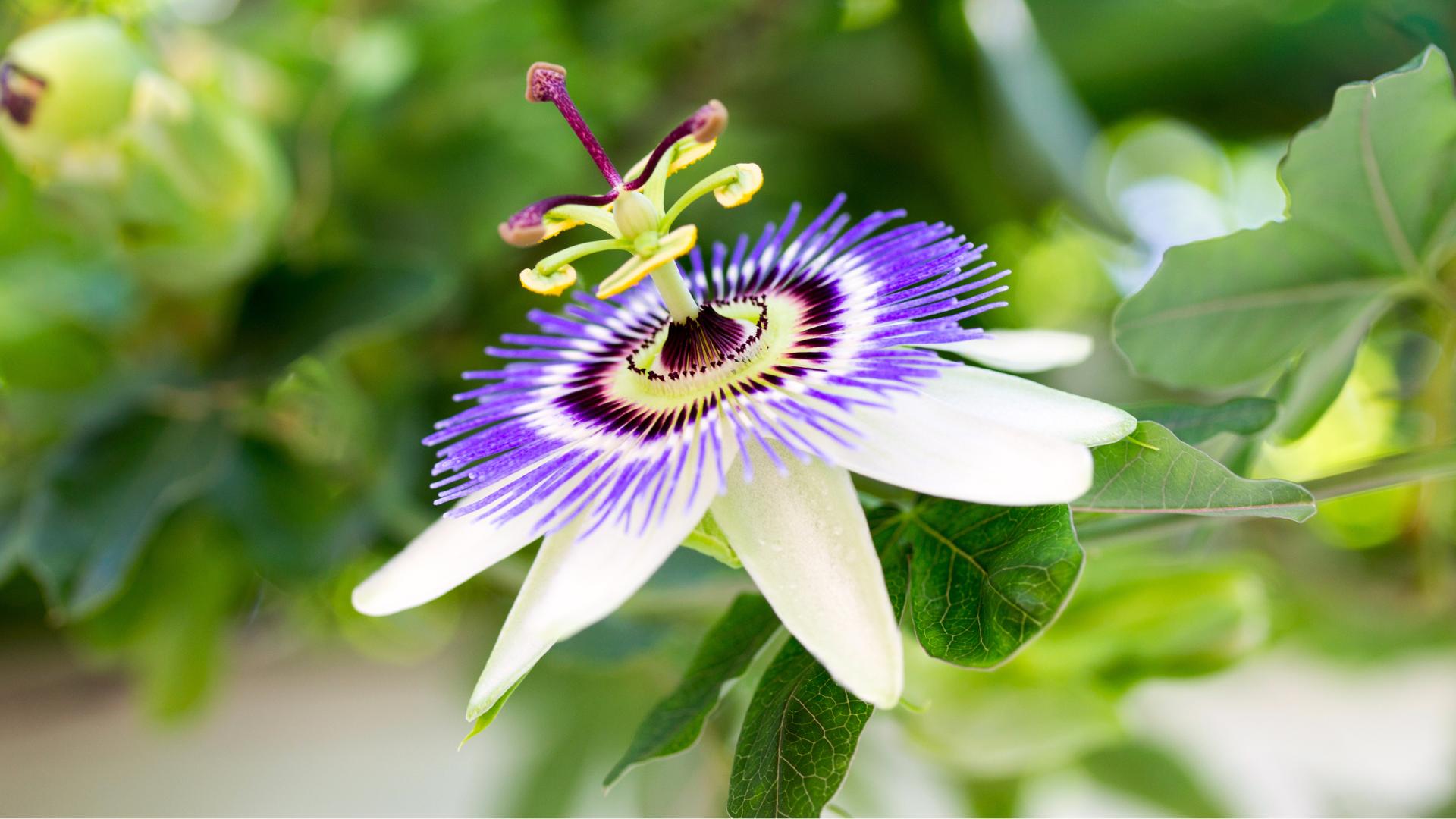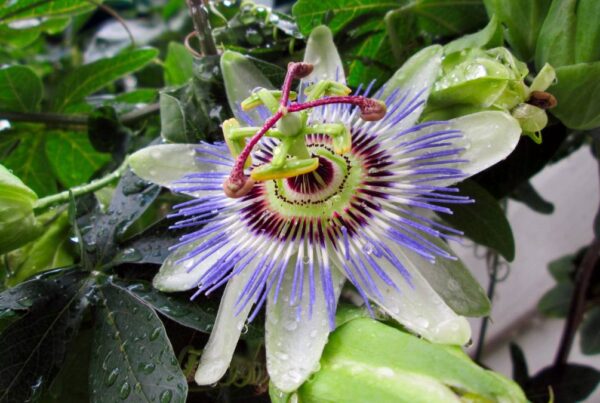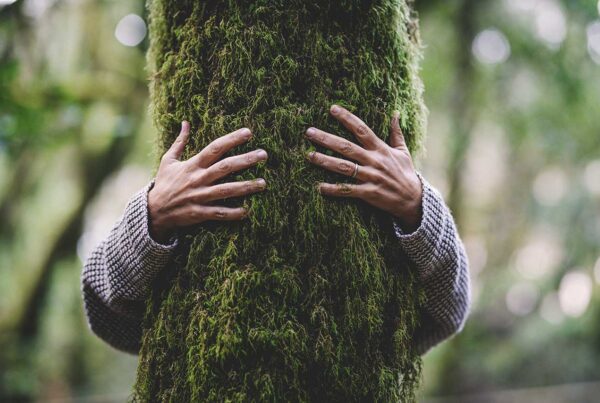For thousands of years, people have been going to witches, shamans and medicine men for help understanding the meaning of their dreams.
To help them on their dream journeys, they were often prescribed medicinal herbs that have long been shown as effective at helping people both fall asleep faster and wake up in their dreams — what’s called lucid dreaming — to gain a deeper understanding of their mind, body and spirit.
Some of these dream herbs can also be helpful in inducing waking dreams known as trance states or accessing liminal states such as hypnogogia and hypnopompia. The ancient Greeks called dream herbs “Oneirogens” from the Greek ὄνειρος óneiros meaning “dream” and gen “to create”.
Today, we may not have a shaman on speed dial, but we do have the Internet, where you can order just about any herb and access thousands of years of herbal knowledge.
To get started with your dream journeying, here are some dream herbs you can start with to enhance your dreams. They are all mild medicinal herbs that are legal nearly everywhere in the world but please do your research and talk to your doctor if you have a medical condition.
1. Calea Zacatechichi
Scientific Name: Calea ternifolia
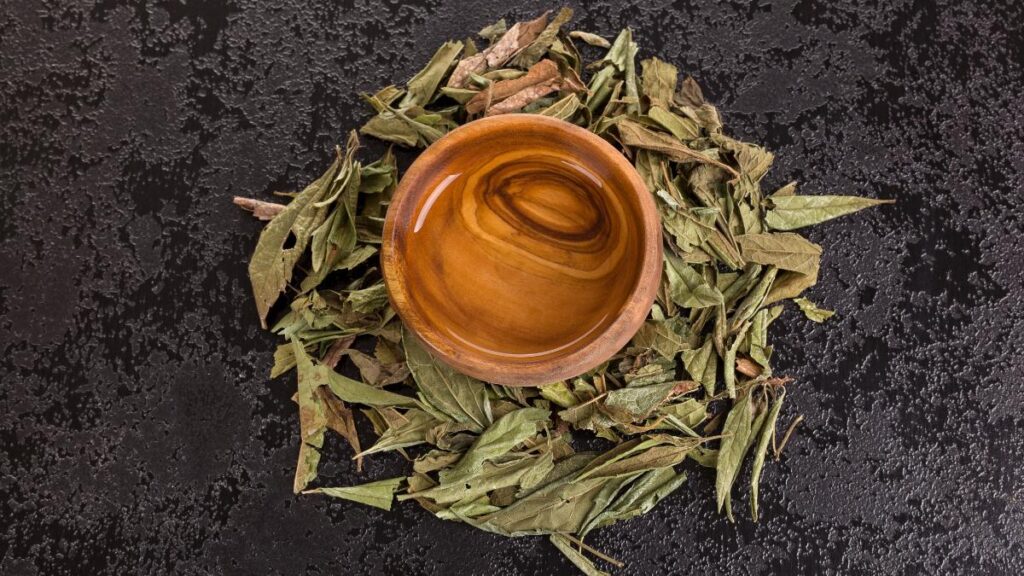
Calea Zacatechichi is considered the “Mexican Dream Herb” because of its proven efficiency in boosting regular dreams and dream recall. It is believed to have originated in the culture of the Zoque Popoluca people in Mexico.
The name comes from the Nahuatl word “zacatl chichic” meaning “bitter grass” and it is sometimes referred to as the Aztec Dream Herb because of its ritualized use in ancient Mexican indigenous cultures.
In traditional Mexican herbalism, it is used for divination and it is administered by smoking it, drinking it as a tea or placing it under a pillow to induce lucid dreams. It is quite bitter when brewed in hot water but the bitterness can be considerably masked by brewing it with Osmanthus flowers.
2. Silene Capensis
Scientific Name: Silene undulata
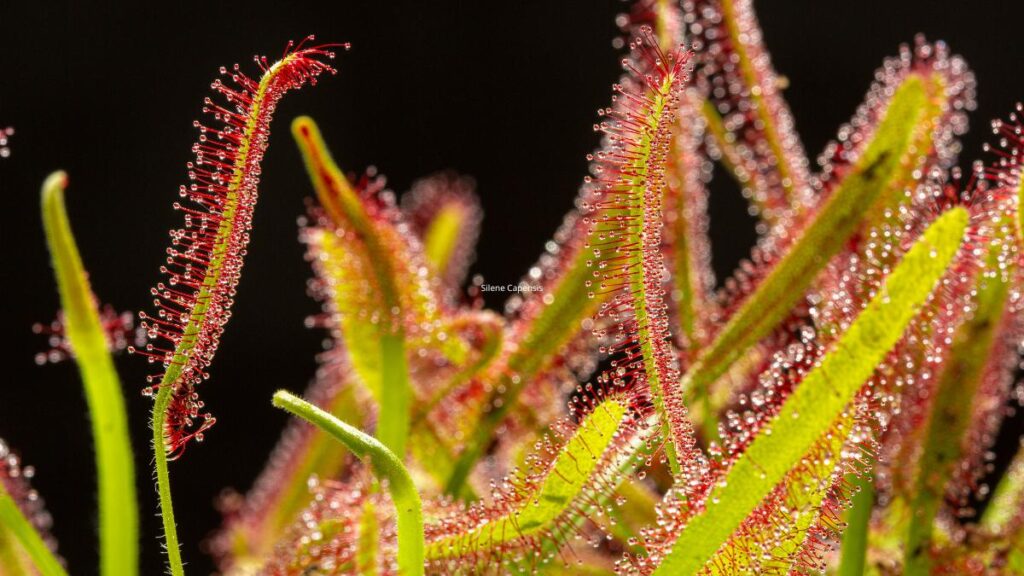
Silene Capensis is also known as the “African Dream Herb” and it is also called Undlela ziimhlophe by the Xhosa people who have been using it for millennia for divination, communicating with ancestral spirits and accessing trances states.
They regard Silene Capensis as a sacred teacher plant and use it with great respect and devotion. The root of the plant is helpful for inducing vivid and prophetic lucid dreams, especially during the initiation ceremonies of shamans and healers.
Actually, Silene Capensis is one of several oneirogenic (dream inducing herbs) plants used by African shamans, all parts of an ancient healing system called Ubuwalu.
Ubuwalu herbs improve the dream state, thus creating a link to ancestral spirits. Most Ubuwalu herbs are very potent and have negligible side effects. The most popular and widely used dream herb in Ubuwalu is Silene Capensis.
3. Mugwort
Scientific Name: Artemisia vulgaris
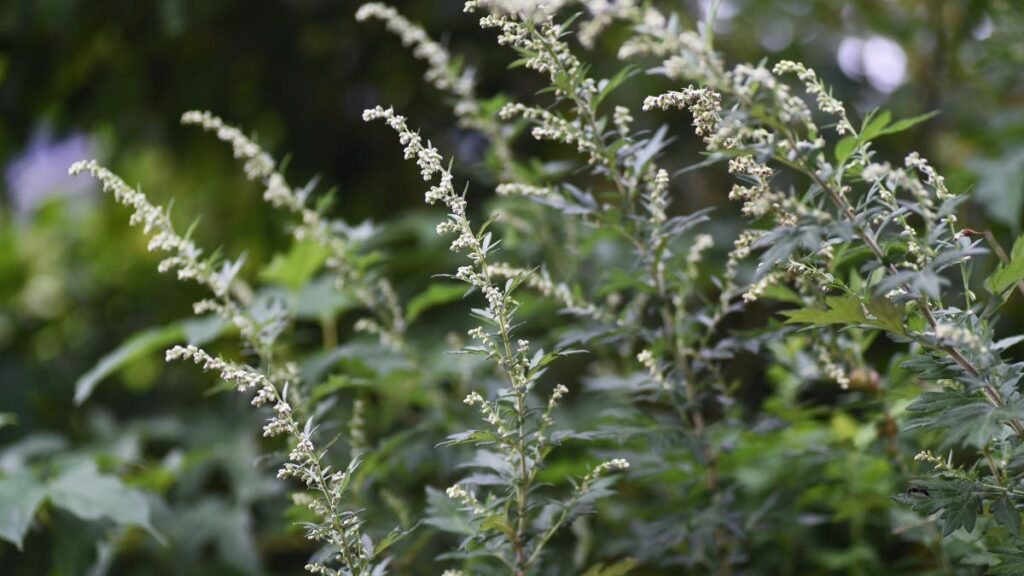
Mugwort refers to several species of plants in the Artemisia genus. It has been used in traditional European herbalism traditions for thousands of years to enhance the dream state and induce vivid lucid dreams.
This medicinal plant grows plentifully across the Northern Hemisphere in Europe and North America. Mugwort oil contains thujone, which is the active ingredient in absinthe. It is often used as an olfactory Oneirogen because of its powerful scent, which helps to promote powerful, visionary dreams.
The easiest way to take Mugwort is a herbal tea in the evening to relax your body and mind before sleep. It should be avoided if pregnant as it can induce miscarriages and it has a long history being used to control and regulate fertility and menstruation.
In ancient times, it was used by Celtic Druids who would use it to seek divination from the spirit world. It is also a common plant brewed in witches’ caldrons so common in traditional European mythology and herbalism.
4. Blue Lotus
Scientific Name: Nymphaea Caerulea
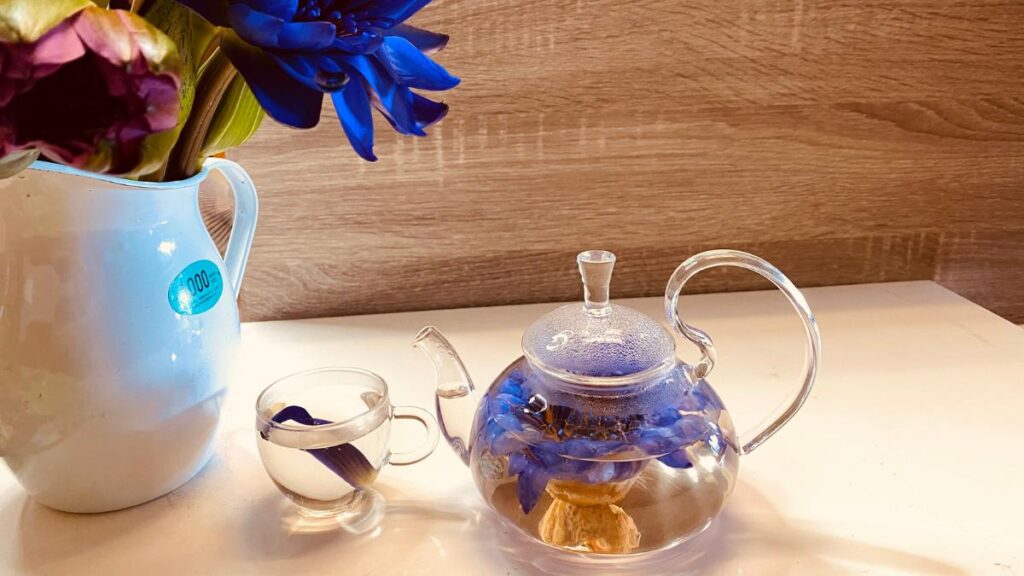
Egyptian Blue Lotus is a water lily from tropical Africa. It was used in religious ceremonies in ancient Egypt where it was known as the Flower of enchantment, awakening and rebirth.
It can be effective at enhancing the dream states and inducing states of calming euphoria that make it easier to fall asleep (it works great as a sleep aid if you have insomnia).
Drinking Blue Lotus as a tea has a mild sedative effect. It is used by herbalists to treat insomnia and it is also effective at inducing lucid dreaming, improving the quality of sleep and enhancing dream imagery and recall in the morning.
The ancient Mayans and Aztec culture in Mexico also used a similar waterlily native to the Americas as a dream herb that’s known as Dotleaf Waterlily (Nymphaea ampla).
5. Tarragon
Scientific Name: Tagetes lucida
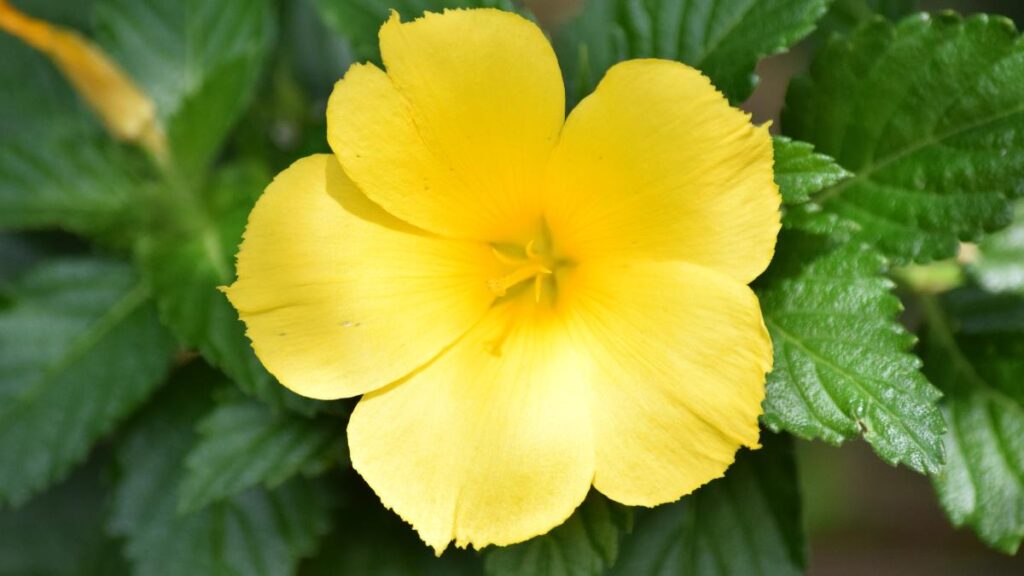
Mexico is my favourite country to forage because it has the greatest biodiversity of medicinal plants and sacred mushrooms in the Americas and possibly the entire world.
There are many dream herbs found growing in Mexico, including Tarragon, Sinicuichi, Morning Glory and Passionflower found in the vast forests, deserts and mountains of Mexico. What’s interesting about Mexico is the traditional Indigenous use of trance-inducing plants and sacred mushrooms is still very common in villages in the mountains.
Mexican tarragon is often referred to as Yauhtli or the dream sacrament of the Aztecs. It is a psychoactive species of marigold from the sunflower family, which was used as a ritual incense by the Aztecs because it is a powerful olfactory oneirogen.
A growing body of scientific research has found it may improve sleep and help regulate sleep patterns. Today, tarragon is commonly used during the Mexican Dia de los Muertos celebrations as an offering to the deceased.
6. Holy Basil
Scientific Name: Ocimum tenuiflorum
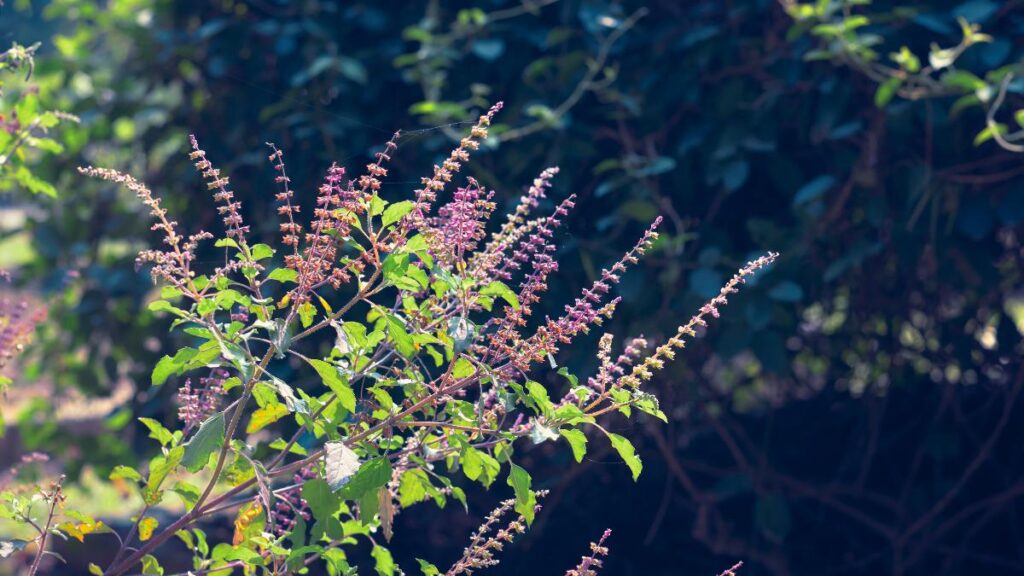
Holy Basil is known as Tulsi in Ayurveda and it is a significant pillar of traditional Ayurvedic herbalism.
Tulsi is referenced in ancient Indian texts that date back to 5000 B.C. —noted as the Queen of Herbs in the Ghagavata Purana. It is referred to as the gateway between heaven and Earth.
It is said to help manifest the divine within and in the ancient Vedic traditions in India it was widely used and considered a symbol of purity and divinity. Working with Tulsi in your dream journeying practice is said to be helpful for catalyzing magic, fortune and generosity in your life.
According to a 2022 study, holy basil extract helped reduce stress and improve the quality of sleep.
7. Passionflower
Scientific Name: Passiflora incarnata
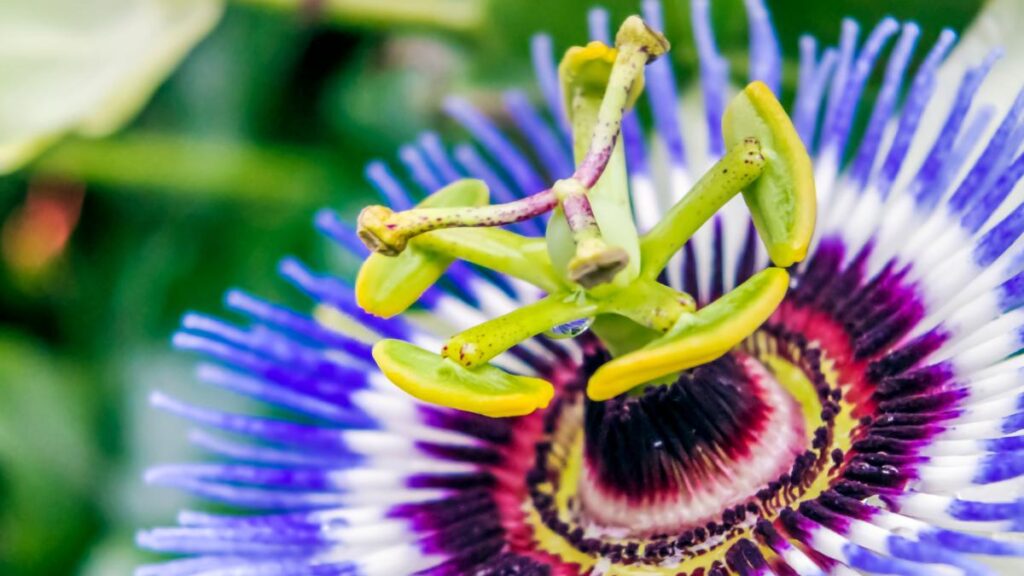
Passionflower has some of the most beautiful blossoms of any plant in the world.
A tea made out of Passionflower is a strong sedative that has a calming, mood-enhancing and balancing effect. It is an effective remedy for many people against insomnia and late-night anxiety.
Different parts of this plant have been used in traditional indigenous cultures across North and South America for different medicinal purposes for thousands of years.
Recent studies have found that drinking a daily dose of passionflower tea improves the quality of sleep and it also reduces stress hormones and helps calm anxiety.
Start Your Sacred Dream Herb Journey
In today’s modern Western culture dreams are often dismissed as unimportant and unworthy of deep scientific investigation.
As a strictly reductionist and monophasic culture, today’s despiritualized modern world is seeing a resurgence of interest in sacred dream herbs because so many people struggle with sleep and a lack of meaning and purpose.
If you are interested in exploring your dream world and improving the quality of your sleep then there are lots of ways to purchase dreams herbs online. You can find most of them by searching on Amazon, Google or seeking out local herbalists and plant medicine teachers.
Magic seed garden is an excellent resource for both growing and buying these dream herbs as well as learning more about them.
It can also be helpful to improve dream recall by supplementing with a biohacking stack of cognitive-enhancing herbs and nootropics such as Huperzine-A, 5-HTP, Ginkgo Biloba and Galantamine.
These herbs and nootropics are also effective at improving dream recall for many dreamworkers which is helpful for improving your chances of lucid dreaming.
If you want to learn more about Oneirogens, join our free online community.
- 10 Sustainable Travel Trends Driving The Future of Tourism - March 9, 2025
- 10 Tips To Sell Out Your Transformational Retreats In 2025 - February 20, 2025
- Build 10 Habits That Free Up Your Time With Mindful Coaching - February 11, 2025


